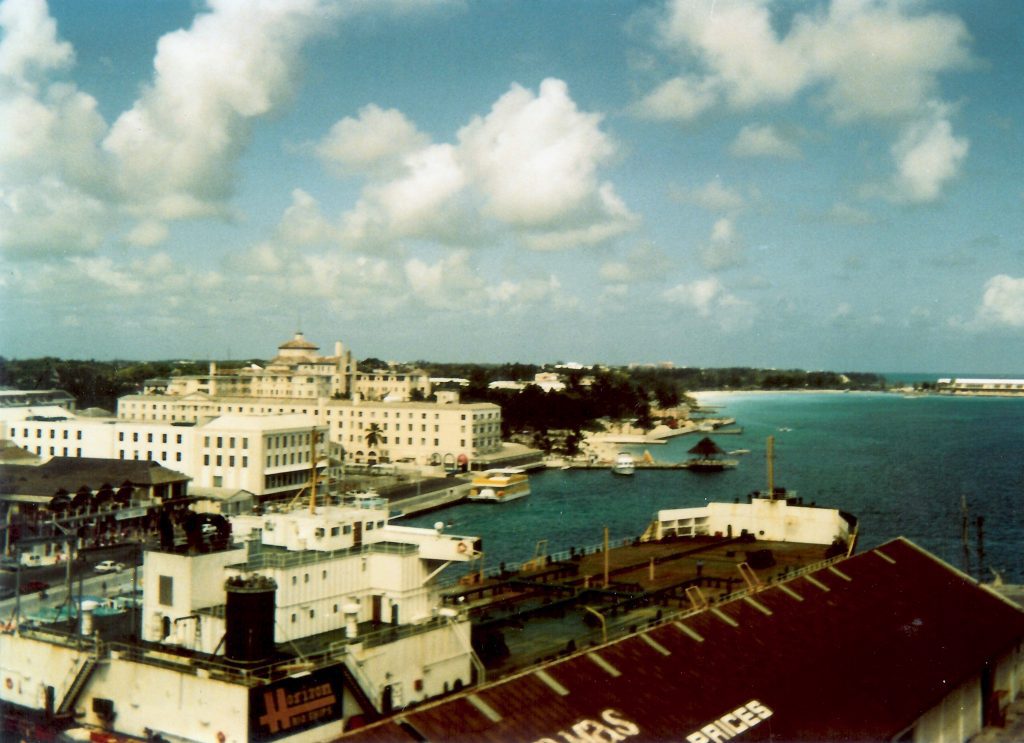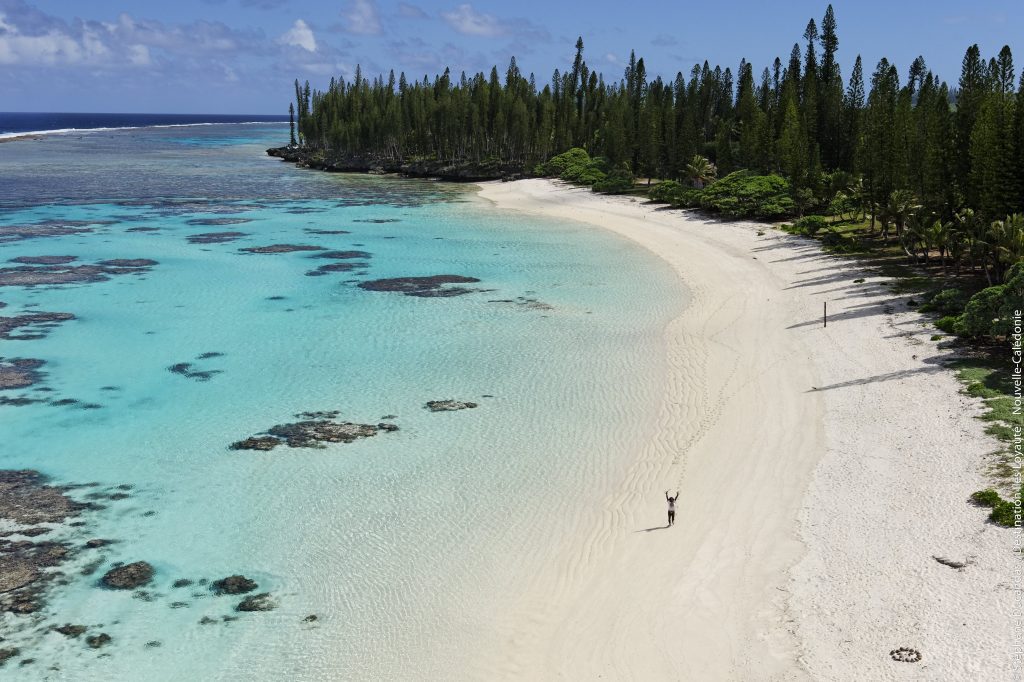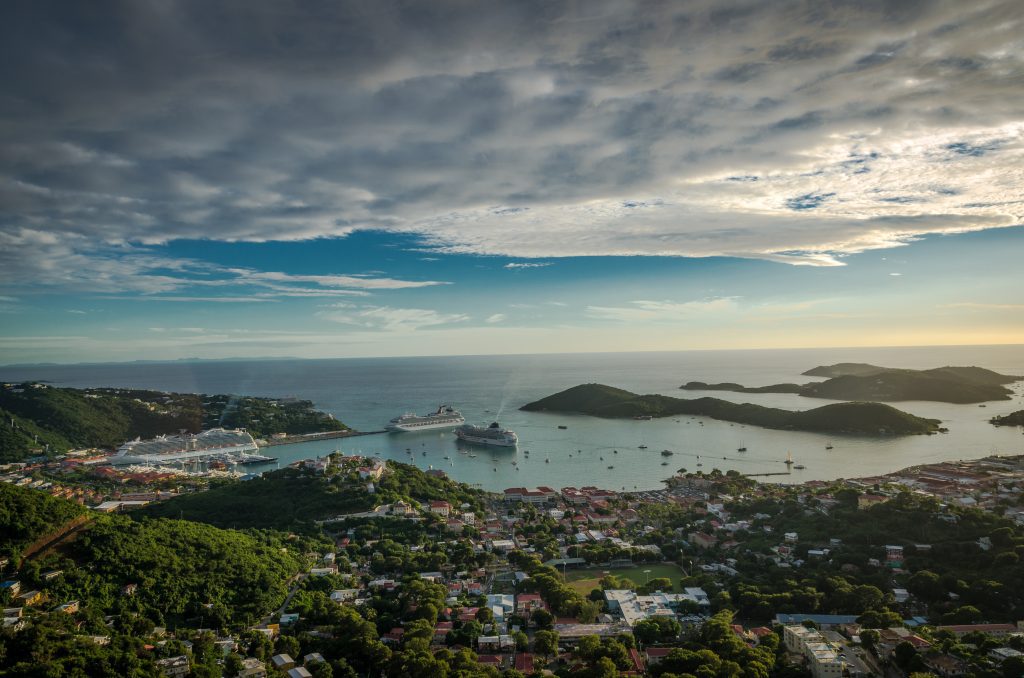It’s A Small World After All: Tiny Nations, Territories, And Settlements
People assume the Polynesian and Pacific islands are home to the smallest nations in the world. And while they’re not wrong, there are dozens of nations, both island and land-locked, that are just as small as your hometown (assuming you didn’t grow up in NYC). Consider Monaco, which has a population of a little over 30,000 and is known as a haven for the wealthy and famous. Though Liechtenstein has a population of 39,000, it’s still a tiny village compared to other European nations.
Join us as we go on a world tour of the often-overlooked nations that a lucky few [thousand] can call home. As you go through, you’ll see why size doesn’t always matter—be it population or square kilometers.
The Bahamas (Population: 413,623)
Lucayan Indians lived on these islands when Columbus set sail for the new world. In 1647, the islands were first settled by the British, and in 1783 they were given colonial status. Since gaining independence in 1973, the Bahamas have profited via tourism, international finance, and capital management.

These three industries account for up to 85% of the country’s economy. In addition, US law enforcement organizations team up with their counterparts in The Bahamas. Operation Bahamas, Turks, and Caicos, or OPBAT, is the US Coast Guard’s contribution to Bahamian maritime security and law enforcement.
New Caledonia (Population: 292,991)
New Caledonia is a French autonomous territory located 900 miles east of Australia in the southwest Pacific Ocean. It contains the Loyalty and the Bélep Islands, the Île des Pins, as well as the island of New Caledonia, which is home to Nouméa—the nation’s capital.

About 99% of the nation’s surface is made up of the aforementioned islands. Nine-tenths of the people live on the main island, Loyalty Island, which is by far the biggest of the bunch. The lagoons of New Caledonia were named a UNESCO World Heritage site in 2008.
Curacao (Population: 192,077)
In 1634, the Dutch took Curacao from the Spanish. Sadly, it wasn’t until 1863 that the Dutch abolished slavery. It had a severe economic impact on Curacao, which had once been the hub of the Caribbean slave trade. To revitalize its economy, The Isla Refineria was built in the early 20th century.

This was employed to handle the newly found Venezuelan oilfields, which brought back its wealth (as well as that of nearby Aruba). The people of Curacao decided to become a sovereign nation inside the Kingdom of the Netherlands in referendums held in 2005 and 2009.
Virgin Islands (Population: 98,750)
Throughout the late 17th and early 18th centuries, the Danes established dominance over the southern Virgin Islands, including Saint Thomas, Saint John, and Saint Croix. During most of the 18th and early 19th centuries, the economy of the islands was based on the production of sugarcane.

Since the end of slavery in 1848, the Danish estates had been experiencing economic deterioration, and the US bought them in 1917. On September 6, 2017, Hurricane Irma swept over Saint Thomas and Saint John in the northern Virgin Islands, severely damaging the buildings there.
Isle of Man (Population: 84,710)
The isle belonged to the Norwegian Realm of the Hebrides prior to being transferred to Scotland in the 1200s. At that point, it became a part of Great Britain. The late 20th century saw a push to revive the virtually dead Manx Gaelic language.

The Isle of Man is a British Crown dependence. This means it’s a self-governing territory of the British Crown and is not a component of the United Kingdom. Regardless, the UK Government continues to be legally in charge of the country’s defense and diplomatic presence.
To read he full article, click here.
